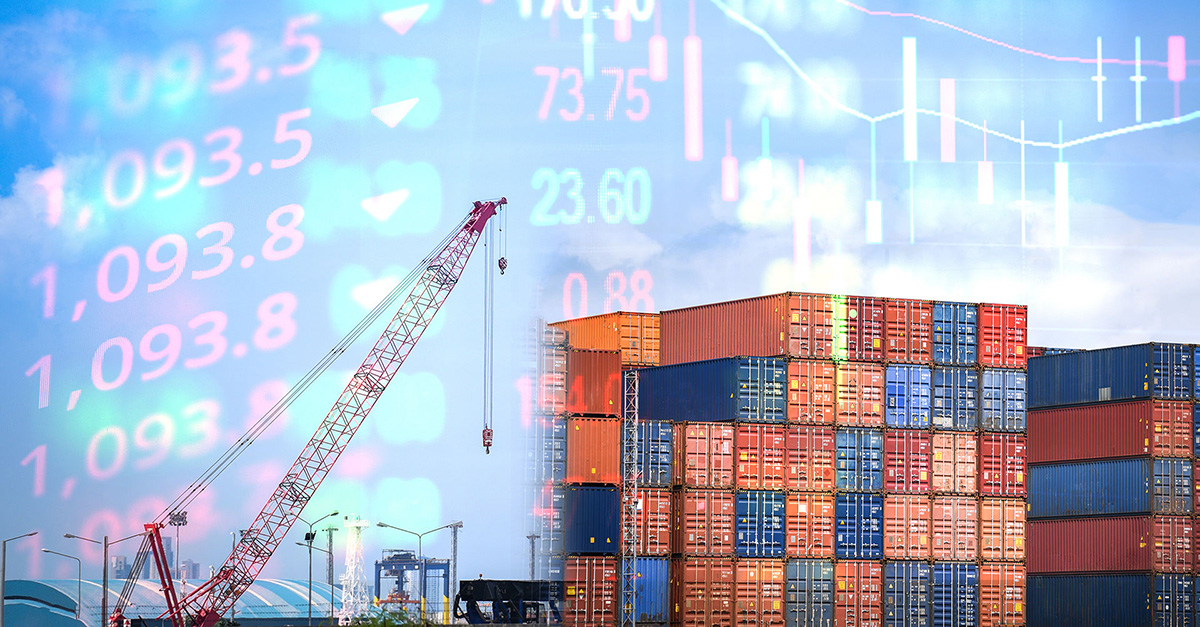Automotive logistics forum makes one point clear: The digitalization of the supply chain is becoming a reality
![]()
Nearly 400 people gathered on February 3 and 4 at one of the year’s major automotive logistics events in Frankfurt, Germany.
It has become something of a tradition: The “congress season” kicks off the new year with a joint event organized by the German Logistics Association and the German Association of the Automotive Industry. The latest forum was held under the motto “Supply Chain 4.0: stable, synchronized, scalable.”
With its broad range of exhibitors, highly respected attendees and expert speakers (including automotive association President Matthias Wissmann and Opel CEO Karl-Thomas Neumann), the event demonstrated once again that the widely discussed importance of logistics processes among customers, suppliers and transport companies is continuing to grow. Virtually every talk held during the main conference or during smaller parallel sessions touched on the topic. But this year’s discussions had a new quality to them.
In the past, speakers focused more on exploring the ideas themselves and drawing a distinction between them and Industry 4.0 or the Internet of Things (IoT). This year, experts from such major companies as Volkswagen, Daimler, Bosch and ZF talked about specific projects they are implementing in this area.
Transport logistics is moving into the focus
One other noticeable development was that transport logistics is increasingly attracting the attention of manufacturers and suppliers. In recent years, companies’ experts have been concentrating on internal manufacturing and logistics processes. Today, they are focusing on the optimization potential of the entire supply chain – certainly the result of such industry trends as the connected car and Big Data: The transparency of logistics costs can be increased and the costs themselves reduced only if all companies in the chain are integrated into end-to-end processes. In addition to the desired cost savings, process transparency and standardization allow operators to intervene more quickly when supply disruptions occur and streamline working relationships.
In specific terms, the measures are designed to optimize transports, to reduce extra tours and the inventory that a company keeps on hand as well as to integrate container concepts into company-wide IT processes.
Several other speakers touched on ways that strategic and, in particular, operational risk management can support decision makers in companies by offering smart analysis options in increasingly complex supply processes.
The digital evolution is producing huge amounts of data – a process that will accelerate as a result of smart containers and parts and components that document themselves through the use of RFID technology. These data and the process of turning them into valid information that can support management’s decision-making processes pose a challenge that is increasingly being tackled by the industry and service providers. A talk given by DHL offered some insights into this process. The speaker described a situation in which an employee was able to report a fire at a warehouse in a Chinese port on a company risk-management platform and thus disseminate the information faster than a normal wire service could.
Cross-industry perspective: Central Aerospace platform as a role model
Another tradition of the event is the invitations it extends to speakers from other industries. A talk given by Airbus, a consortium of the European aviation and aerospace industry, highlighted another interesting aspect. A standardized solution provided on a central Internet platform can create new ways of facilitating end-to-end collaboration. Orders are sent to suppliers not only with an EDI message, but also with an industry solution used in all links of the supply chain.
Customers and suppliers can both view and edit the same data, a fact that helps avoid bottlenecks and offers great savings potential for the industry thanks to standardized processes. Besides reducing extra tours and unnecessary inventories, the internal company processes involving customers and suppliers are the same and uniform for the industry in terms of supply. This could serve as a model for the automotive industry.
The transformation process of automotive logistics was illustrated extremely well by two images used by Professor Dr. Ten Hompel of the Fraunhofer Institute for Material Flow and Logistics during his discussion of “Logistics 4.0.” During the election process for the Pope in 2005, there was just one visible cell phone taking pictures among the throng of people gathered at St. Peter’s Square in Rome. When the next papal selection was made in 2012, practically every person there was holding a smartphone into the air. Ten Hompel predicted that automotive logistics operations would undergo a similar disruptive change in coming years.
The congress demonstrated that the first steps in this transformation process have already been taken. And the evolution will continue.



